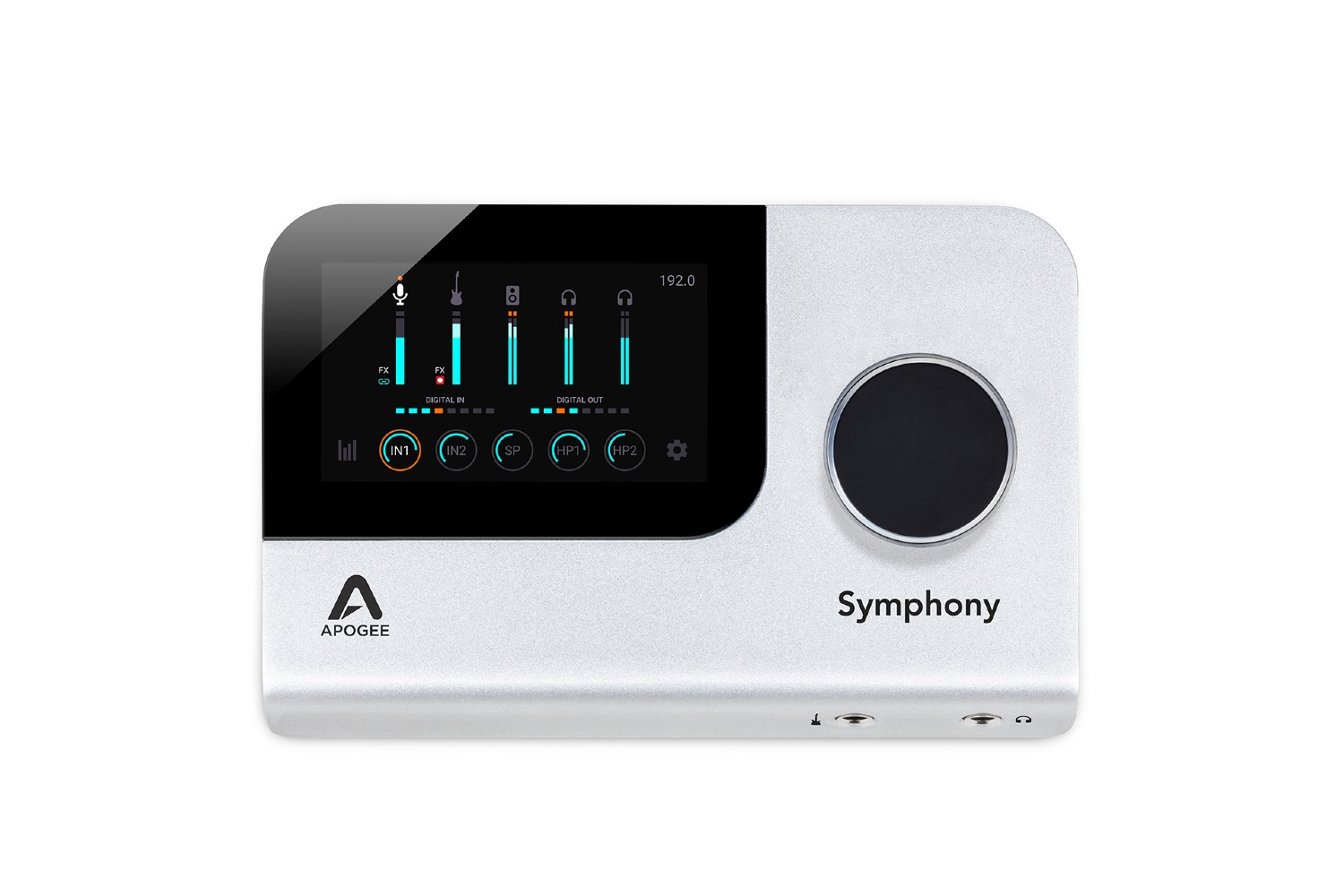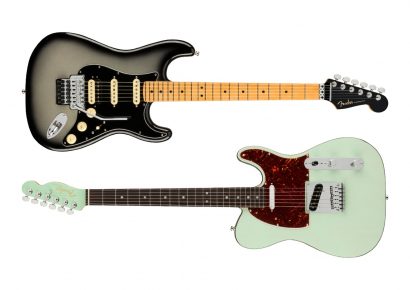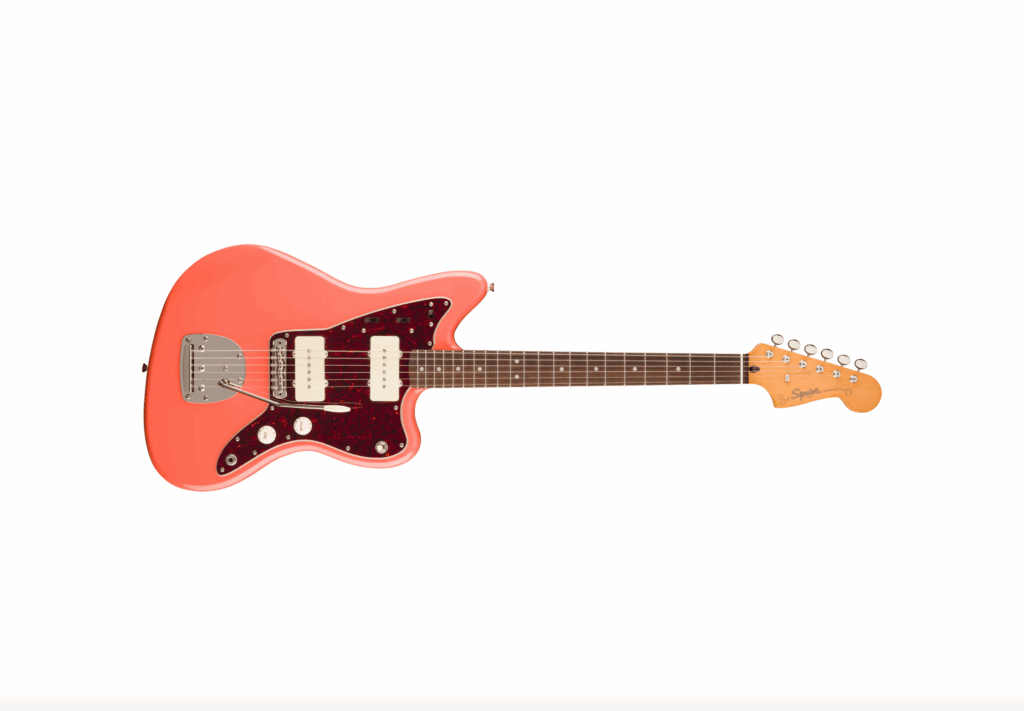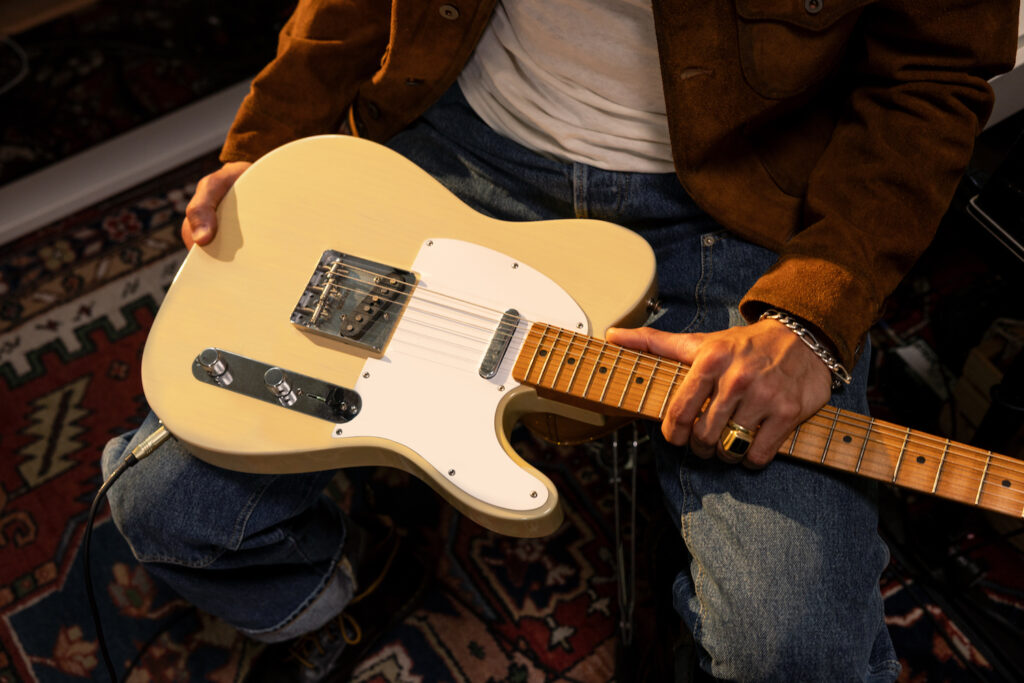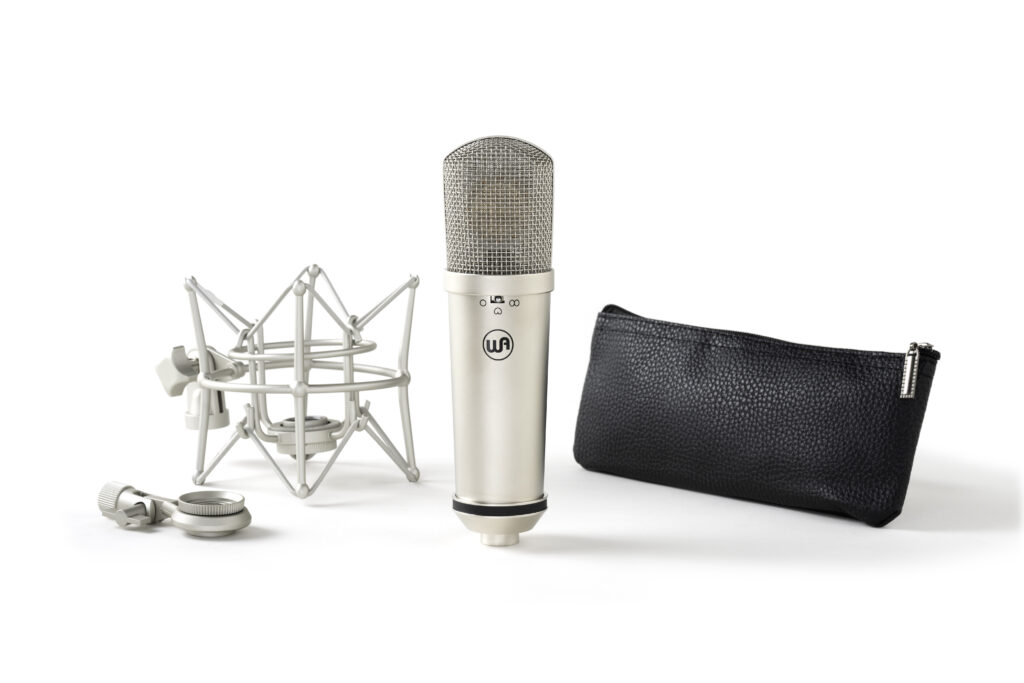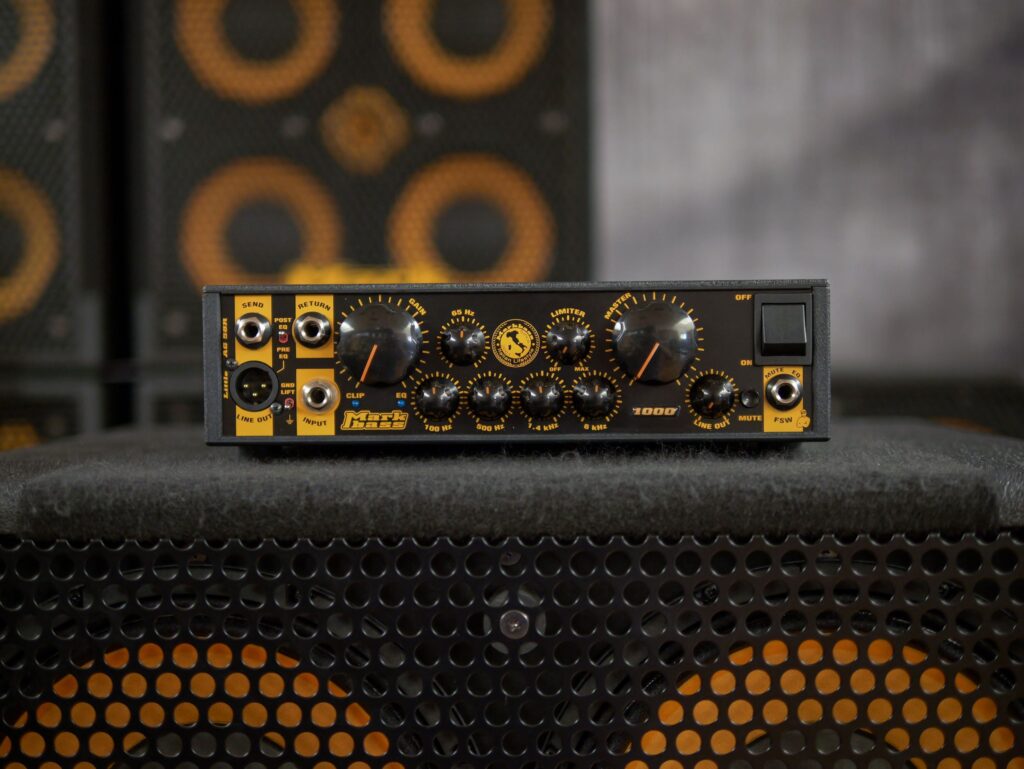Link Audio | Enquire for Pricing
As the home recording boom continues its ascent into the stratosphere, the propensity for small, single or dual channel interfaces has reached critical mass, which is great for anybody working track by track, or relying on samples and drum machines for their groove requirements.
For those working in the context of a full band or with live drums, the small desktop interface is seen as more of an overdub machine, ideal for putting top-lines on pre-tracked audio or for recording final vocals in the comfort of your own home, but as a primary interface, is probably better suited to those who don’t play so well with others.
Catch up on all the latest music gear reviews here.
After all, the modern drum recording usually requires a minimum of eight inputs all by itself. Overheads, that’s two, close mics on each piece of a five piece kit (often with multiples on the kick), then we add our stereo pair for the room plus any other character or ambient mics we might have in mind. Things can get out of hand pretty quick.
Thankfully, gear manufacturers are finally starting to understand the plight, having found a solution where you would least expect it-in the often overlooked world of ADAT expansion. If it’s an ADAT-equipped desktop interface you are looking for, there are few as scalable and sweet sounding as the new Symphony by revered studio stalwarts, Apogee.
For anybody with even a passing interest in professional studio equipment, the name Apogee is one that is steeped in prestige, particularly as it pertains to high end, analogue to digital conversion. Since the company’s inception in 1985, they have brought cutting edge technology to the audio world. After starting out producing revolutionary anti-aliasing filters, Apogee released their first outboard A/D-D/A converters in 1991, the AD500 and DA1000. Ever since, Apogee have maintained a stellar reputation for their converters, picking up dozens of awards at NAMM shows along the way.
Needless to say, Apogee’s reputation in the field is borderline unparalleled, having been the insiders choice since the earliest days of digital studio workflow they have forever earned their place at the table of the and now with the new Symphony desktop, they may have landed on the perfect crossover interface, capable of handling both professional and home recording workflows with exceptional audio quality to boot.
Apogee’s Symphony line represents the company’s very best in conversion technology, with the Symphony Desktop being part of Apogee’s mission towards allowing anybody to achieve studio-quality recordings in a home environment. The Symphony Desktop features the same AD/DA converters as the Symphony I/O Mk II, Apogee’s flagship model, packed into a small, brushed aluminium unit that will fit into even the most compact of recording setups.
About the size of a science fiction novel (or decent sized book of your choice), the face of the unit seems to be made out of anodised aluminium a la Apple, with a touch screen and a scrollable/clickable control knob for controls. The front of the interface has a quarter-inch headphone jack and a DI input, with the two hybrid XLR/TRS inputs found on the back of the device, along with monitor outputs, optical expansion ports, and a 3.5mm headphone out for driving low-impedance, consumer level headphones – a nice touch for those who like to reference audio with their old iPod earbuds, especially considering 3.5mm to quarter-inch jacks have the habit of growing legs and walking right off the face of the earth.
The Symphony Desktop’s touch screen gives a visual indication of input and monitor levels, which are easily adjusted by pressing the input/output of choice and turning the control knob to the desired level. The control knob’s click function can be assigned to a function of your choice, be it muting the monitors, selecting different inputs/outputs, or even to do nothing at all.
The Symphony Desktop gives you a choice of three different inbuilt preamp settings, the default is an ultra-clean setting with 75dB of clean gain, but clicking the input icon on the touch screen allows you to choose between faithful emulations of a rich and full Neve 1066 preamp and a lush, tube-saturated Ampex 601 preamp.
Bundled with the Symphony Desktop is Apogee’s ECS channel strip plugin, offering DSP powered EQ, compression and saturation tuned by none other than Bob Clearmountain. Apogee have recognised the need for real-time monitoring while recording, and as a result, the Symphony Desktop has been designed to accommodate different workflow needs, offering a Direct Monitoring option that utilises the Desktop’s onboard DSP to monitor the recording in real time.
Direct Monitoring also allows you to shape your recordings to your liking using the Print FX feature, which allows you to use up to 6 Apogee FX plugins directly on incoming recorded sounds, all powered by the onboard DSP.
Condensing such powerful features into such a small unit has the added effect of challenging traditional ideas of what a recording studio looks like. While an obvious option for home recording and mastering setups, 8 additional I/O slots via ADAT expansion make the Symphony Desktop appropriate for recording all but a symphony orchestra; a strong contender for space-conscious studios and mobile drum recording setups.
With a listed I/O of 10 x 14 (once you’ve paired the Symphony with some ADAT friendly rack pres) you are well on your way to awesome drum recordings and the fact that this is completely scalable from the desktop unit (not to mention the Symphonies’ modest physical footprint) makes the Apogee unit almost like the interface equivalent of a Mac Mini – an exceptionally powerful, exceptionally flexible solution that you can fit in your backpack and break out when require.
What’s truly mind-blowing is that all this workflow flexibility is not for one second at the expense of audio quality: something that very few desktop interfaces can lay claim to. Top marks all round.
For more information head to Apogee and for local enquiries, get in touch with Link Audio.
